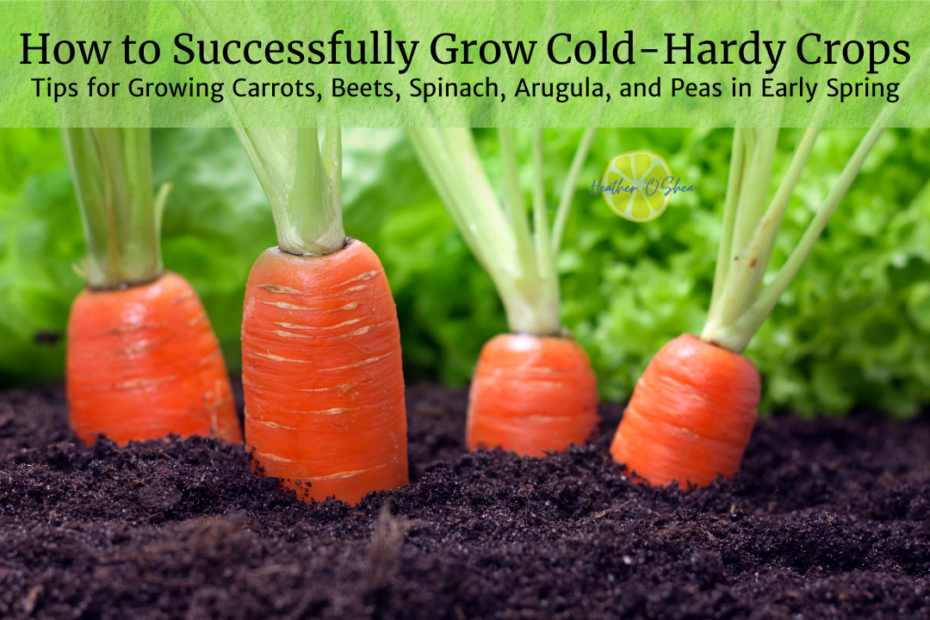*This post may contain affiliate links and I may earn a small commission when you click on the links at no additional cost to you. As an Amazon Affiliate I earn from qualifying purchases. You can read my full affiliate disclosure here.
Spring is here—or at least that’s what the calendar says. If you’re anything like me, you’ve been staring longingly at your garden beds, willing them to thaw out so you can get your hands dirty. But hold onto your trowel, friend, because you don’t have to wait for summer to get growing! Some crops actually prefer the chilly weather.
I didn’t always get this right. Oh no, my first attempts at early spring planting were… let’s just say “educational.” There was the year I planted too early, and a freak snowstorm wiped out my baby greens. Then there was the time I underestimated just how much my local rabbits loved pea shoots. I’ve made all the mistakes so you don’t have to. So, grab your seeds, and let’s get growing!
Why Grow Cold-Hardy Crops?
Cold-hardy crops are the superheroes of the garden world. They don’t need warm soil to germinate, they can survive frosty nights, and they’re ready to harvest before the heat-loving tomatoes and peppers even think about ripening. Plus, growing early greens means you get fresh produce way sooner than the grocery store’s limp, plastic-wrapped offerings.
Best Cold-Hardy Crops to Plant in Early Spring
1. Carrots – Sweet, Crunchy, and Cold-Resistant
Carrots love cool soil but hate being moved. Direct sow these babies into well-draining soil about 2-4 weeks before your last frost date. If you’re working with stubborn clay, mix in some sand to improve drainage. Carrots take their sweet time germinating—sometimes up to 21 days—so be patient! A row cover can help retain warmth and speed things up. Scarlet Nantes carrots are a great, classic organge carrot that works well for eating raw or cooked. The seeds are super tiny, so I recommend starting with seed tape to make planting easier.
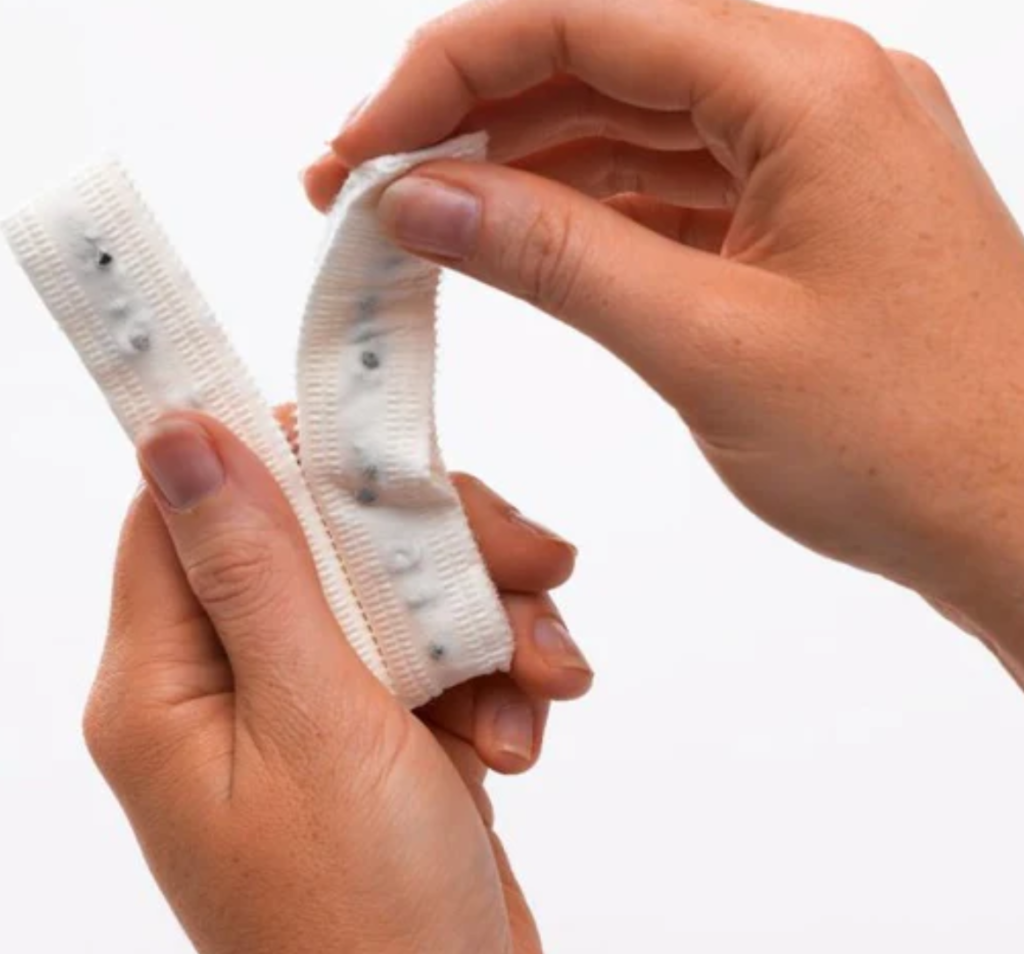
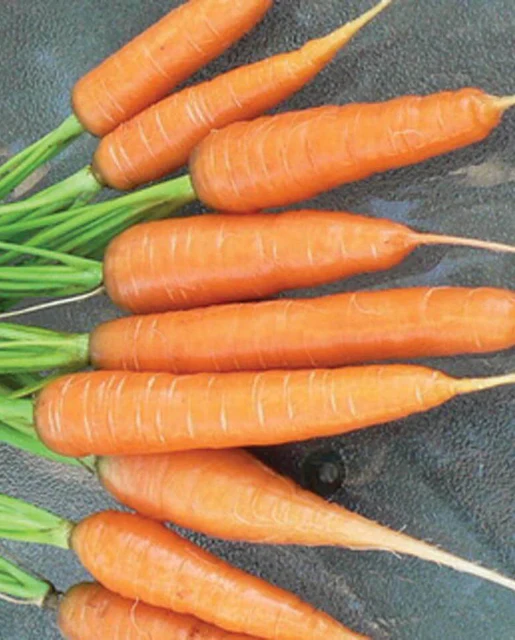
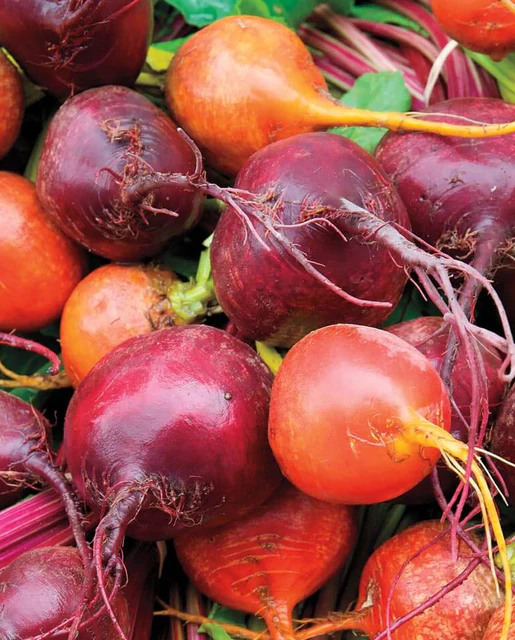
2. Beets – The Versatile Root Crop
Beets are basically the overachievers of the garden: they’re delicious, their greens are edible, and they handle the cold like a champ. Soak the seeds overnight before planting to speed up germination. Ideal soil pH is around 6.0-7.5, and they love a nitrogen-rich compost boost. Don’t forget to thin them out—trust me, crowded beets don’t grow well. My favourites are earthy, sweet red beets, and these lovely golden beets (that don’t stain your hands!).
3. Spinach – The Leafy Green That Laughs at Frost
Spinach thrives in cool temperatures and bolts (flowers too soon) when it gets too warm. Sow it early, and keep sowing every couple of weeks for a continuous harvest. If you had the foresight to plant in the fall and mulch it well, some varieties can even overwinter and give you an extra-early crop! Bloomsdale spinach is definitely my favourite to grow!
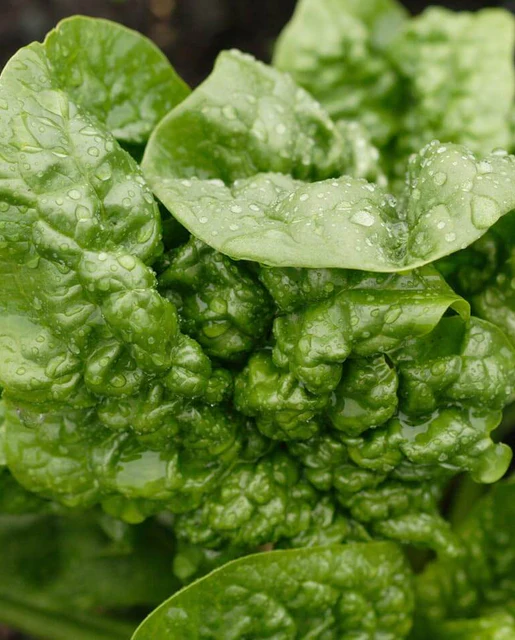
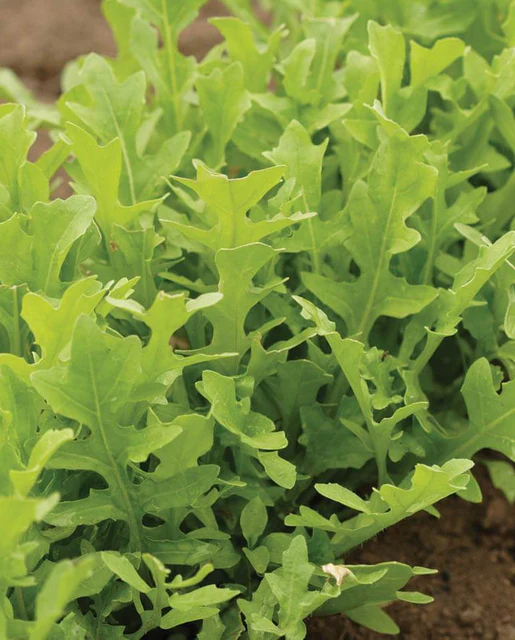
4. Arugula – The Peppery Powerhouse
This zesty green is the ultimate “set it and forget it” crop. Arugula grows fast, tolerates frost, and will have you feeling like a gourmet chef in no time. Just be warned: as the weather warms up, arugula can get incredibly spicy—one time, I nearly set my mouth on fire with a late-season harvest. Try Astro Arugula for a less spicy variety.
5. Peas – The Sweet, Climbing Delight
Peas are one of the first crops you can plant, and they love the cold. The trick? Get them in the ground as soon as the soil is workable, and give them a trellis or support to climb. If you don’t, you’ll end up with a tangled mess of vines. Also, plant extra—birds and squirrels love pea shoots. I love having sugar snap peas in the garden. Most of the time they never make it indoors since I’m always eating them as snacks whenever I’m outside.
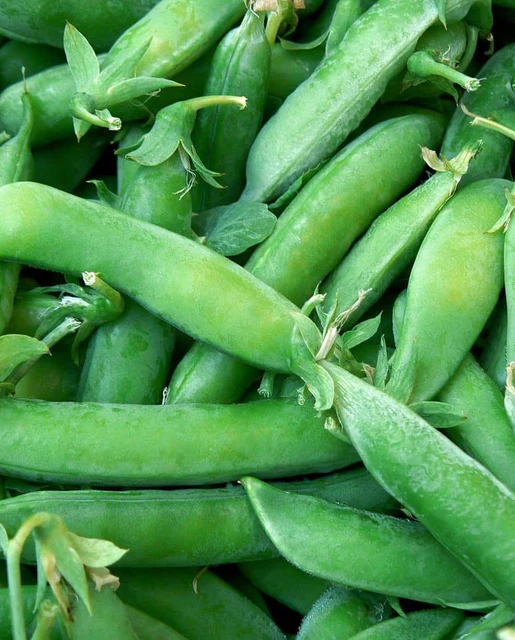
How to Prepare Your Soil for Cold-Weather Crops
1. Check Your Soil Temperature
Cold-hardy crops can tolerate chilly weather, but they won’t germinate in soil that’s too cold. Aim for at least 40°F (4°C) before sowing seeds.
2. Amend Your Soil
Good drainage is crucial in early spring, when excess moisture can lead to root rot. Work in compost to boost nutrients and sand for better aeration (especially for carrots).
3. Mulch for Extra Warmth
A thin layer of straw or shredded leaves can help retain moisture and warmth, protecting young seedlings from unexpected frosts.
Pro Tips for Early Spring Gardening Success
1. Use Row Covers for Extra Protection
Even cold-hardy crops appreciate a little TLC. Floating row covers or cloches help retain warmth and keep surprise frosts from ruining your hard work.
2. Don’t Overwater
It’s tempting to water constantly, but soggy spring soil can lead to root rot. Water sparingly and make sure your beds drain well.
3. Protect Your Plants from Critters
Springtime means hungry animals looking for easy snacks. Use netting or hoops to keep rabbits and birds at bay. I learned this lesson the hard way when my first batch of peas disappeared overnight—turns out, my neighborhood bunny had developed expensive taste.
4. Succession Plant for Continuous Harvests
Don’t plant all your seeds at once! Stagger your plantings every couple of weeks for a longer harvest window.
Common Cold-Weather Gardening Questions
Q: Can I plant cold-hardy crops in containers?
Yes! Just make sure your containers are deep enough for root vegetables like carrots and beets. Use a well-draining potting mix and place containers in a sunny spot.
Q: What’s the best way to keep pests away?
Besides physical barriers like row covers, companion planting can help. Marigolds deter pests, and planting onions near carrots can keep carrot flies at bay.
Q: What should I do if a late frost is coming?
Cover your crops with fleece, row covers, or even an old bedsheet overnight to trap warmth.
Embrace the Cold and Get Growing!
If you’ve been itching to get back into the garden but thought you had to wait for warmer weather, think again! Growing cold-hardy crops is not only doable, but it’s also ridiculously rewarding. And hey, if you mess up (because let’s be real, gardening is always an experiment), just chalk it up to experience. After all, that’s how I learned—one frost-bitten lettuce head at a time.
So, what are you planting first? Let me know in the comments! And if you need reliable tools or quality seeds, check out my favorite gardening gear [here] (insert affiliate link). Happy growing!
